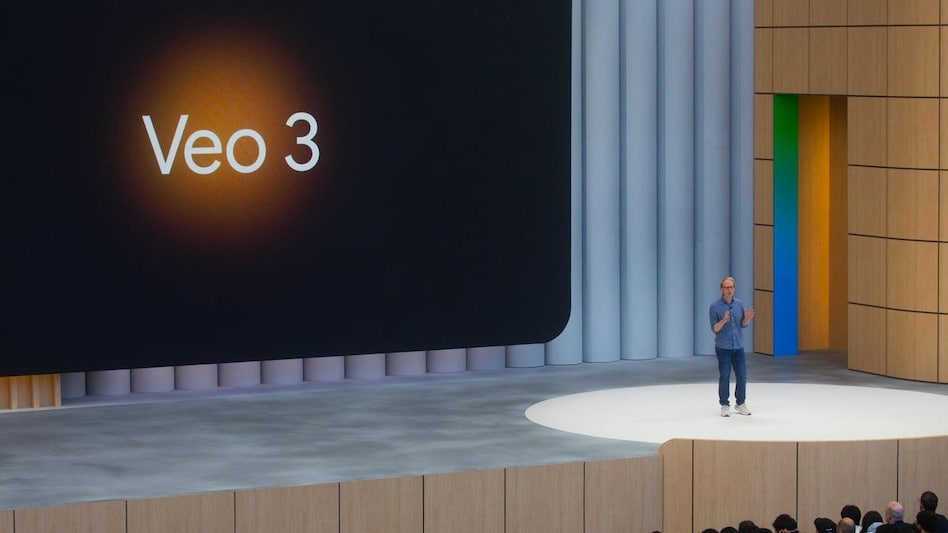
Google Veo 3 coming to India soon as Google starts adding visible watermark to Veo-generated videos
In a significant development, Google has started to incorporate a visible watermark into the majority of AI-generated videos produced by its Veo 3 model, a step taken to tackle the rising issues related to deepfakes and misinformation. This initiative coincides with the broader rollout of Veo 3, which has recently expanded to users in the UK and 72 other countries, including an anticipated launch in India shortly. The watermark, while discreet, can be found in the lower right corner of videos created through the Veo 3 platform, except for those generated via the Flow tool by subscribers of the premium $249.99/month Gemini AI Ultra plan. This change was subtly announced by Josh Woodward, Vice President at Google Labs and Google Gemini, who elaborated on the expansion of Veo 3 in a blog post. He noted, "We've also added visible watermarks to all videos, except for videos from Ultra members in Flow." This move marks a preliminary step as Google seeks to enhance accessibility to its SynthID Detector, which is still in the testing phase. Previously, Google relied exclusively on SynthID, an invisible digital watermark embedded in AI-generated content, to trace the origins of synthetic media. However, the complexity and limited accessibility of SynthID for everyday users have raised concerns as hyper-realistic AI content becomes increasingly prevalent on social media platforms. Since its introduction at Google I/O 2025, Veo 3 has captured considerable attention for its ability to generate cinematic and photorealistic videos, replete with audio and dialogue. Users have utilized it for various purposes, from fantasy animal clips to influencer ads, news segments, and unboxing videos, blurring distinctions between genuine and artificial content. With the realism of Veo 3 posing heightened risks for online misinformation, the visible watermark is designed to provide a more immediate layer of transparency. Nevertheless, critics have noted that the watermark can be faint and inconsistently displayed across different scenes, prompting calls for enhancements in visibility and positioning. Despite its current shortcomings, the introduction of the visible watermark signifies progress as Google continues to refine and broaden the reach of its SynthID detector tool, which remains limited in availability. As AI-generated videos gain traction, these visible indicators could be essential in helping viewers differentiate between authentic footage and synthetic representations.
Nvidia's H20 Chip Sales Delayed by Commerce Department Backlog
In a significant turn of events, the U.S. Department of Commerce is reportedly causing delays in Nvidia's ability to sel...
TechCrunch | Aug 01, 2025, 20:40
Truecaller to End Call Recording on iPhones: Key Features Shift Focus
Truecaller has announced that it will discontinue its call recording feature for iOS devices, effective September 30. Th...
TechCrunch | Aug 01, 2025, 19:00
Delta Airlines Sets the Record Straight on AI Pricing Controversy
Delta Airlines has recently faced significant backlash regarding its AI-driven pricing strategies, which the company att...
Ars Technica | Aug 01, 2025, 19:10
Embracing AI in Education: A Tool for Learning, Not Just Answers
In a recent podcast episode, Leah Belsky, the vice president of education at OpenAI, emphasized the importance of integr...
Business Insider | Aug 01, 2025, 19:10Tesla Faces Major Setback as Jury Holds Company Partially Responsible for Fatal Autopilot Crash
In a significant ruling, a jury in Miami has determined that Tesla bears partial responsibility for a deadly crash that ...
TechCrunch | Aug 01, 2025, 19:00